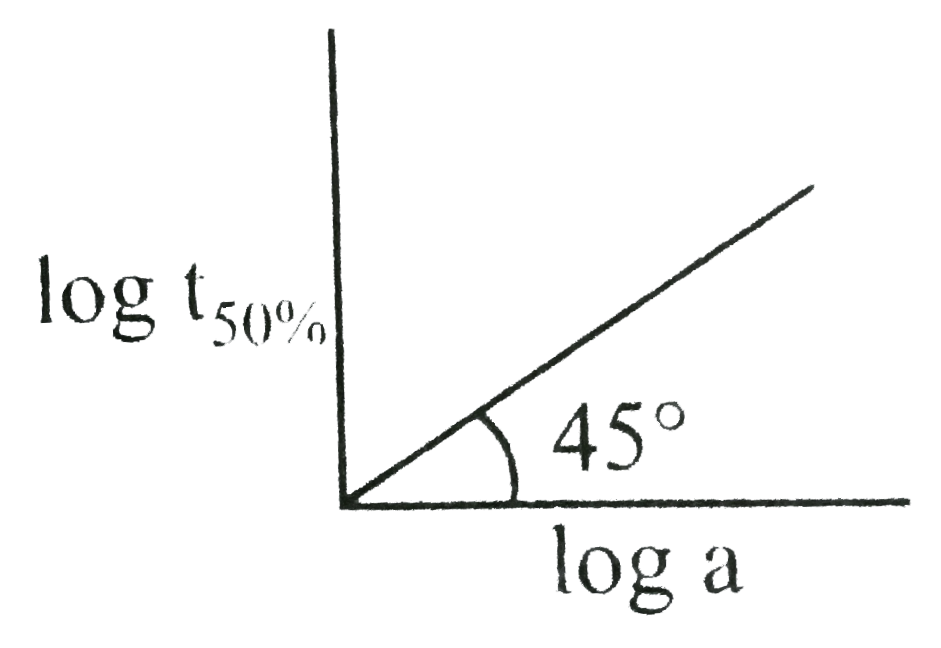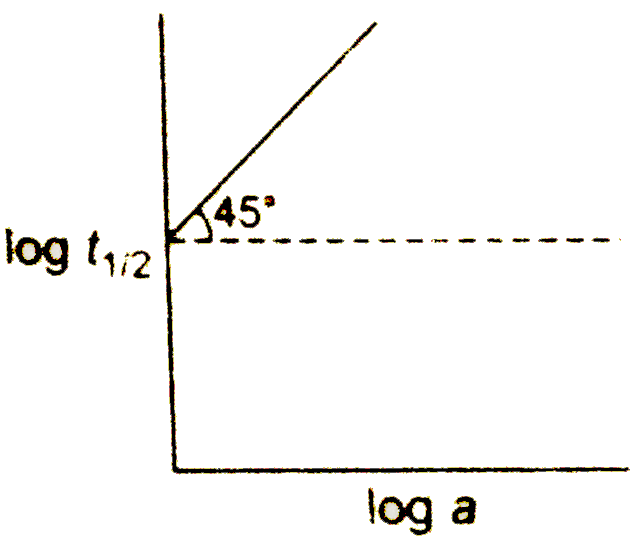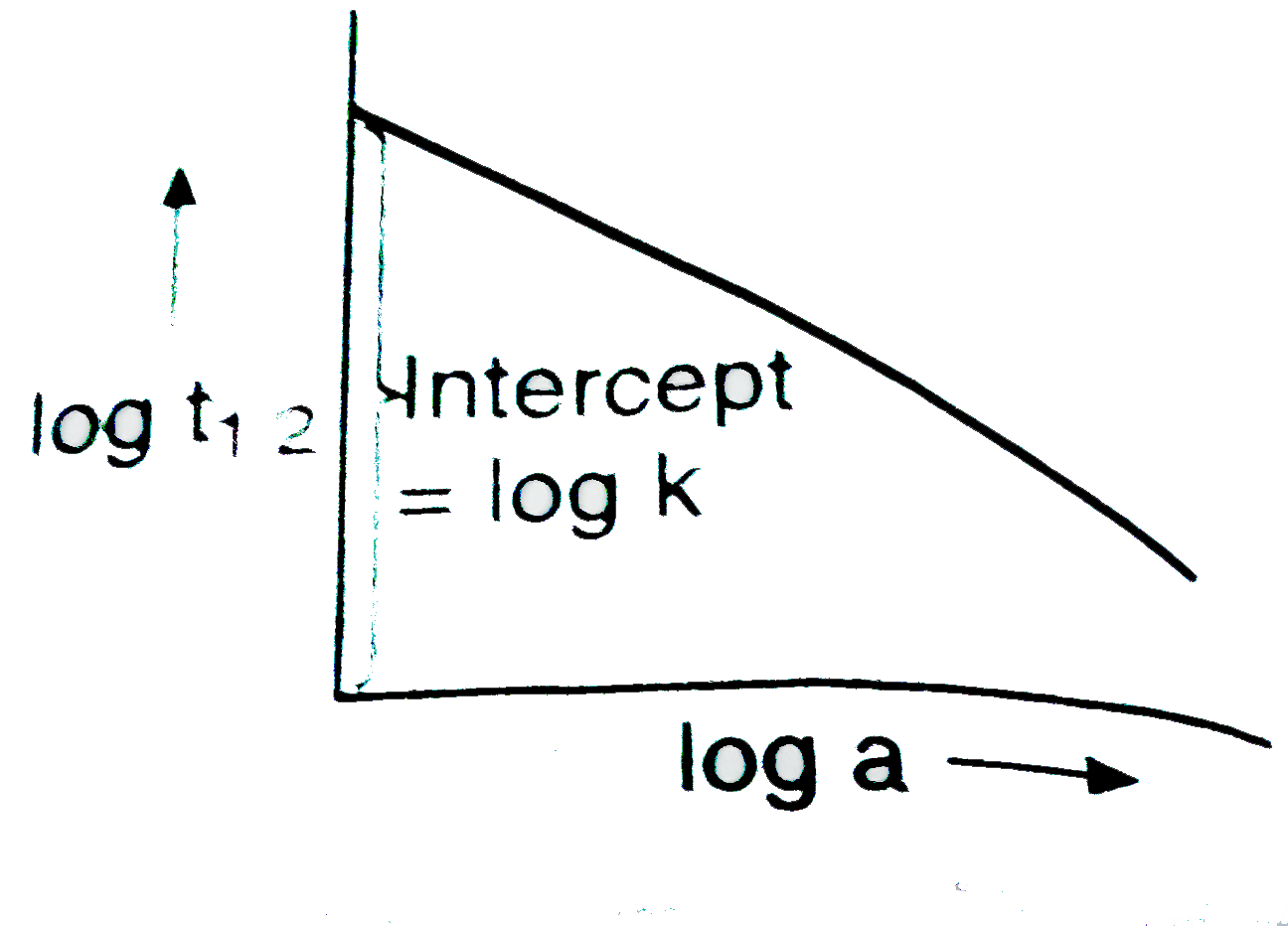What will be the order of reaction and rate constant for a chemical change having versue log concentration of curves as:

zero order
First order
Second order
None of these
The correct Answer is:1
Topper's Solved these Questions
- BOOK - RESONANCE ENGLISHCHAPTER - CARBONYL COMPOUNDS (ALDEHYDES & KETONES ) & CARBOXYLIC ACID EXERCISE - Part -IV23videos
CARBONYL COMPOUNDS (ALDEHYDES & KETONES ) & CARBOXYLIC ACID
- BOOK - RESONANCE ENGLISHCHAPTER - CHEMISTRY IN EVERYDAY LIFEEXERCISE - ORGANIC CHEMISTRY(Chemistry in every day life)31videos
CHEMISTRY IN EVERYDAY LIFE
Similar Questions
What will be the order of reaction for a chemical change having logt12 vs log a? ( where a = initial concentration of rectant, t12 =half life)
 View Solution
View SolutionFor the hydrolysis of methyl acetate in aqueous solution, the following results were obtained :

(a) Show that it follows pseudo first order reaction, as the concentration of water remains constant.
(b) Calculate the average rate of reaction between the time interval 10 to 20 seconds. (Given : log 2 = 0.3010, log 4 = 0.6021)View Solution
Knowledge Check
- Question 1 - Select One
A first order reaction takes 40 min for 30% decomposition. Calculate t1/2. (Given log7=0.845)
A77.7 minB52.5 minC46.2minD22.7 min - Question 2 - Select One
Assertion : The rate of reaction is the rate of change of concentration of a reactant or a product.
Reason : Rate of reaction remians constant during the complete reaction.AIf both assertion and reason are true and reason is the correct explanation of assertion.BIf both assertion and reason are true but reason is not the correct explanation of assertion.CIf assertion is true but reason is false.DIf both assertion and reason are false.
The unit of rate constant of zero order and first order chemical reactions are respectively :
View Solution(a) For a reaction A+B→P, the rate is given by Rate =K[A][B]2
(i) How is the rate of reaction affected if the concentration of B is doubled ?
(ii) What is the overall order of reaction if A is present in large excess ?
(b) A first order reaction takes 30 minutes for 50% completion. Calculate the time required for 90% completion of this reaction.View SolutionFor a second order reaction, 2A→ Products, a plot of log t1/2 vs log a (where a is initial concentration) will give an intercept equal to which one of the following?
 View Solution
View SolutionK is rate constant at temp T then value of limT→∞ log K is equal to :-
View SolutionThe half-life of a chemical reaction does not change by either increasing or decreasing the initial concentration of reactant. What is the order of the reaction?
View SolutionFor a chemical reaction A→B, it is found that the rate of reaction doubles when the concentration of A is increased 4 times. What is the order of reaction ? Suggest the rate law also.
View Solution

